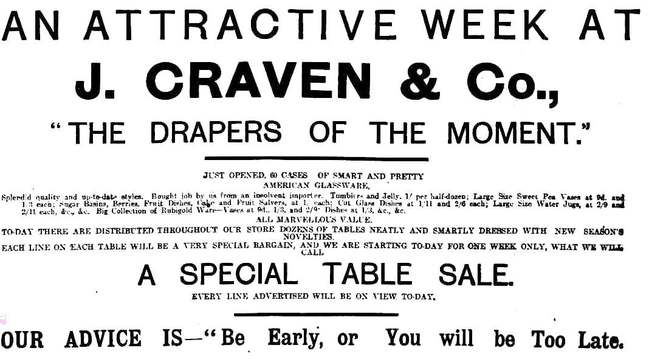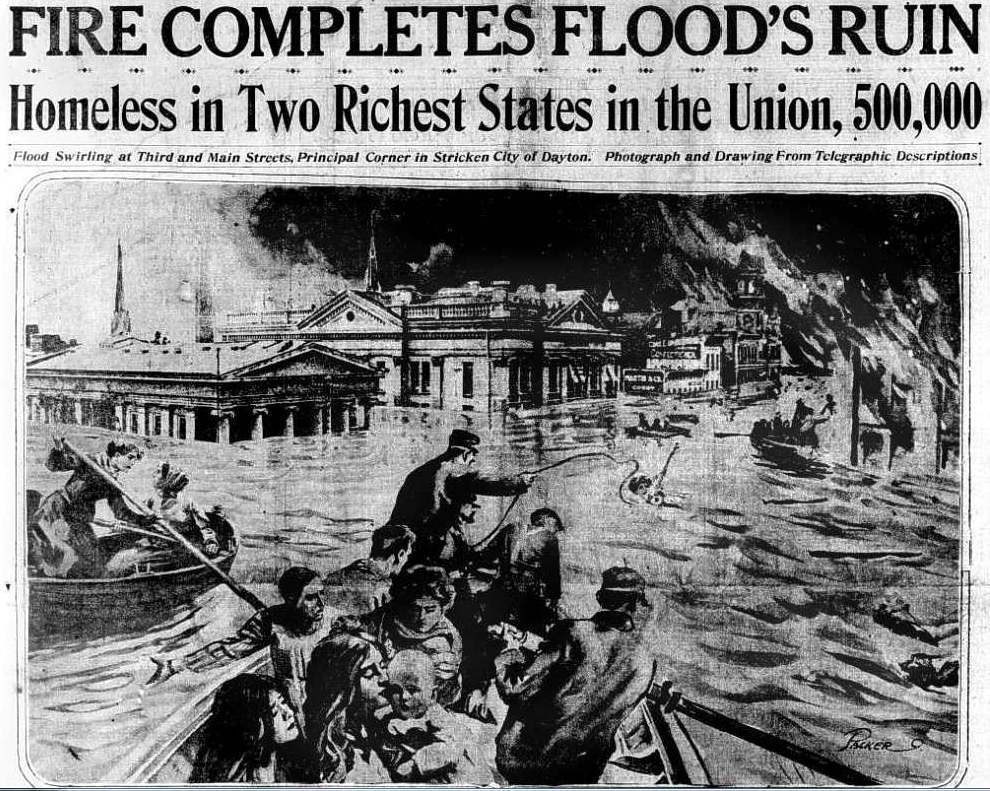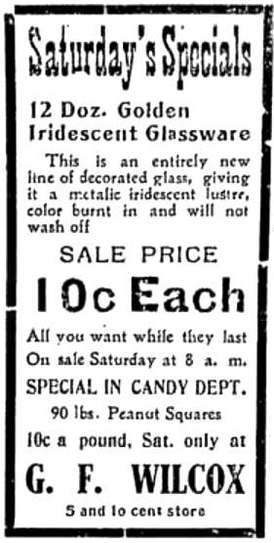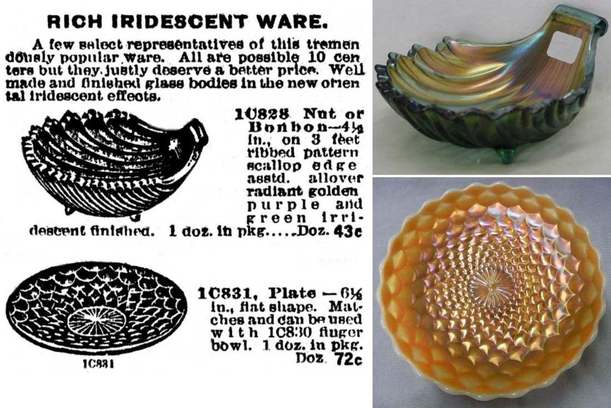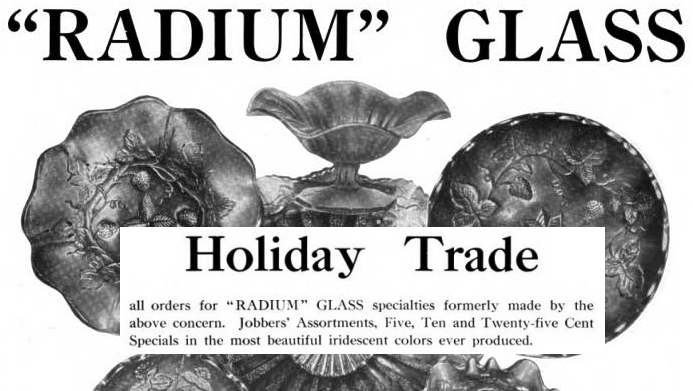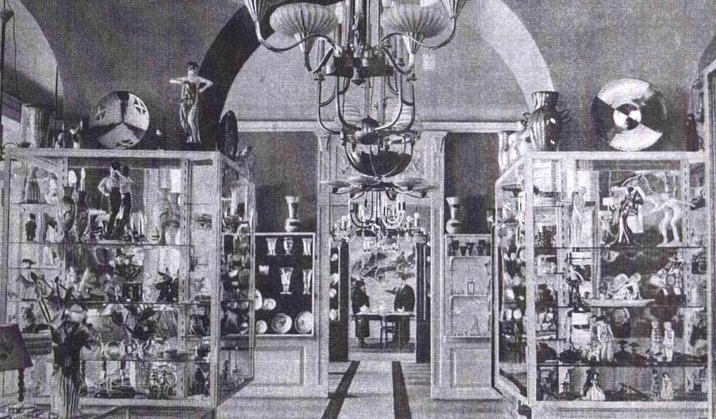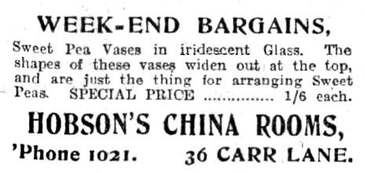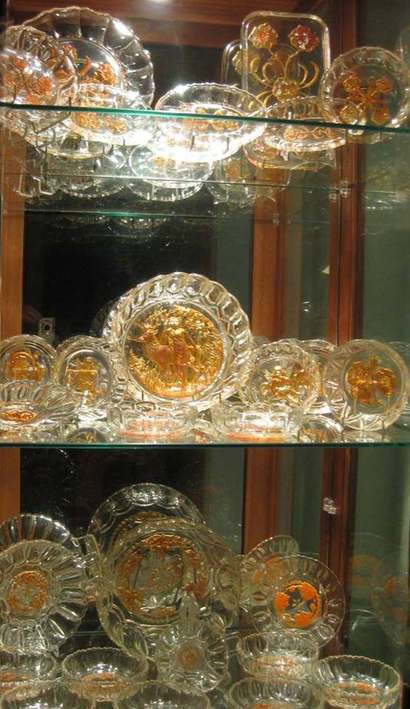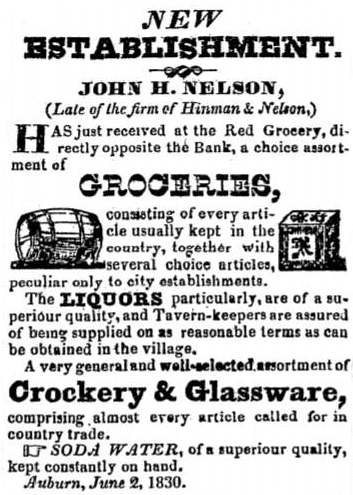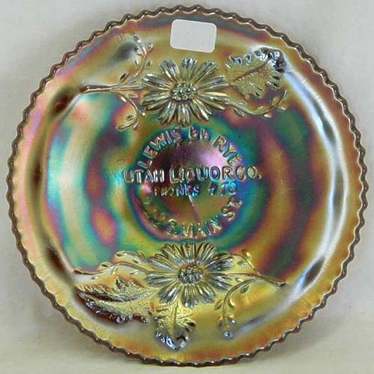Sell Me Some Carnival Glass: Part Three
In Part One of Sell Me Some Carnival Glass, we looked at sales in Drug Stores and Hardware Stores, and in Part Two, we examined sales in Furniture Stores, General Stores and Grocery Stores. Here in Part Three we focus on Drapery Stores, Five & Ten Cents Stores, and China and Glassware Stores.
Drapery Stores
Drapery Stores were known by several different names, such as Drapers, Dry Goods Stores, Hosiery Stores and Notions Stores.
This fascinating ad was for J. Craven & Co. (in Adelaide, South Australia) who styled themselves as “THE DRAPERS OF THE MOMENT”. The store had set up special table sales throughout the store to sell 60 cases of "Smart and Pretty American Glassware". We know that it included Carnival Glass, because the small
Drapery Stores were known by several different names, such as Drapers, Dry Goods Stores, Hosiery Stores and Notions Stores.
This fascinating ad was for J. Craven & Co. (in Adelaide, South Australia) who styled themselves as “THE DRAPERS OF THE MOMENT”. The store had set up special table sales throughout the store to sell 60 cases of "Smart and Pretty American Glassware". We know that it included Carnival Glass, because the small
|
print revealed a "Big Collection of Rubigold Ware" (Rubigold being a popular term for Carnival). It must have been very attractive, seeing the glass among the fabrics, buttons and trims. An interesting note is in the small print – the glass had been purchased from “an insolvent importer”. It’s likely that glassware wouldn’t have been their usual merchandise, but they couldn’t resist a bargain!
|
As we say above, the use of “Rubigold” in the J Craven and Co. ad strongly suggests that the glass on offer was from Imperial. Although it may be entirely coincidental, there was major flooding in the same year – 1913 – in the Ohio valley, and the Imperial factory was inundated by the floods. It was a major disaster, as shown by the dramatic artist’s impression (above right) in the San Francisco Call newspaper. In our Read All About It! feature, we show an ad from the June 1913 Brooklyn Daily Eagle which referred a large amount of salvaged Imperial glass being sold off cheaply. Perhaps, just perhaps, the Australian importer in trying to take advantage of this discounted stock, had over-extended itself, becoming insolvent. We’ll never know …
Five & Ten Cent Stores
The Five & Ten Cent stores offered a wide assortment of inexpensive items for personal and household use, at the fixed prices of 5c and 10c. The ad here (below left) is for the G.F. Wilcox 5 and 10 cent store – and a whole lot of Carnival Glass was on offer for just 10 cents apiece. The ad appeared in the Wayne County Democrat newspaper in February 1909. Note again the often-used sales techniques of a "Special" offer, only available "while they last". Note also that the customer was assured that the colour was “burnt in and will not wash off” - an expression that was used regularly about Carnival Glass.
|
No details were given as to what patterns or shapes were on offer, but the Butler Brothers wholesale catalogue gives us some indication of what they might have been. The 1909 catalogue showed various assortments which, like the one shown below, were specifically targeted the "10 centers"! This particular ad included two patterns from Westmoreland - their three footed Shell nut or bonbon, and a Scales bowl. At 43 cents for 12, and 72 cents for 12, the price left a good profit margin for the store to sell them on at 10 cents each. Other assortments in Butler Brothers included a range of Fenton Carnival Glass, but the wholesale prices were higher (84 cents, up to a dollar and more for 12). Two Westmoreland "10 centers" in the 1909 Butler Brothers catalogue:
Shell (top) and Scales (below). Glass images courtesy of Seeck Auctions. |
|
Probably the saddest ads we have on our website show the final demise of the Millersburg factory. It was John Fenton's dream to make high quality and well designed Carnival Glass. Although he never knew it, his dream was ultimately realised, as today, Millersburg's Carnival Glass is highly praised and sought after by collectors. Unfortunately, John Fenton's ambition exceeded his business and financial acumen, and the factory went bankrupt after only a short time in operation. Towards the end, Millersburg, and its temporary successor in receivership, The Radium Glass Co., was placing ads to sell off Millersburg's glass to the Five & Ten Cents stores. Two such ads are shown in our feature about the Rise and Fall of Millersburg: Sell me some Millersburg Glass! |
China and Glassware Stores
As you might expect, China and Glassware Stores were the perfect venues for selling Carnival Glass, but here is one that might surprise you - the magnificent store shown below was in Krakow, Poland. It sold high quality china and glass – the showcases at the back of the image hold the glass, and we believe the items in them were likely to be Zabkowice glass, and very possibly Carnival Glass from that factory.
|
Carnival Glass clearly had an appeal all around the world. Below are small ads from as far apart as Drayton’s China Shop in Christchurch, New Zealand which offered a range of marigold (Rubigold) Carnival in 1916, and Hobson’s China Rooms in Hull, England, which was promoting Carnival Glass vases described as “Sweet Pea Vases” in 1925.
|
Food ... drink ... Glassware - what's not to like!
This ad is from 1830 - it was in a newspaper in Auburn (NY), and it shows how the multi-purpose local stores go way back. Clearly it would not have been Carnival Glass in 1830, but it shows how glassware was sold alongside other daily necessities, like groceries and liquor!
This ad is from 1830 - it was in a newspaper in Auburn (NY), and it shows how the multi-purpose local stores go way back. Clearly it would not have been Carnival Glass in 1830, but it shows how glassware was sold alongside other daily necessities, like groceries and liquor!
|
Liquor and Carnival Glass do mix! Below is a rare Fenton Advertising / Lettered piece - a 6" amethyst plate advertising "Lewis 66 Rye" brand at the Utah Liquor Co. The lettering is on Fenton's Garden Mums design, a design they used for many of such Advertising pieces. It would have been made in the early 1910s, and not later than 1917 when Prohibition was enacted in Utah. |
In Part One, we looked at Drug Stores and Ironmongers
In Part Two, we looked at Furniture Stores, General Stores and Grocery Stores
